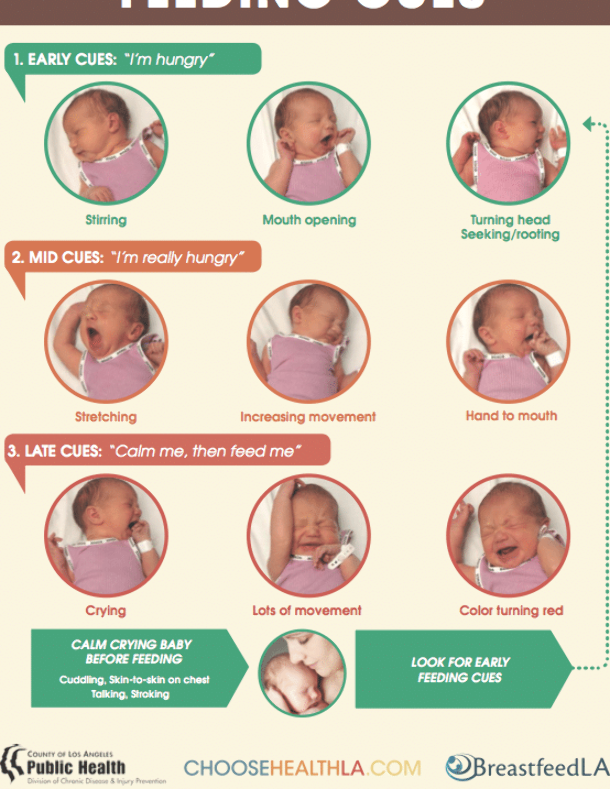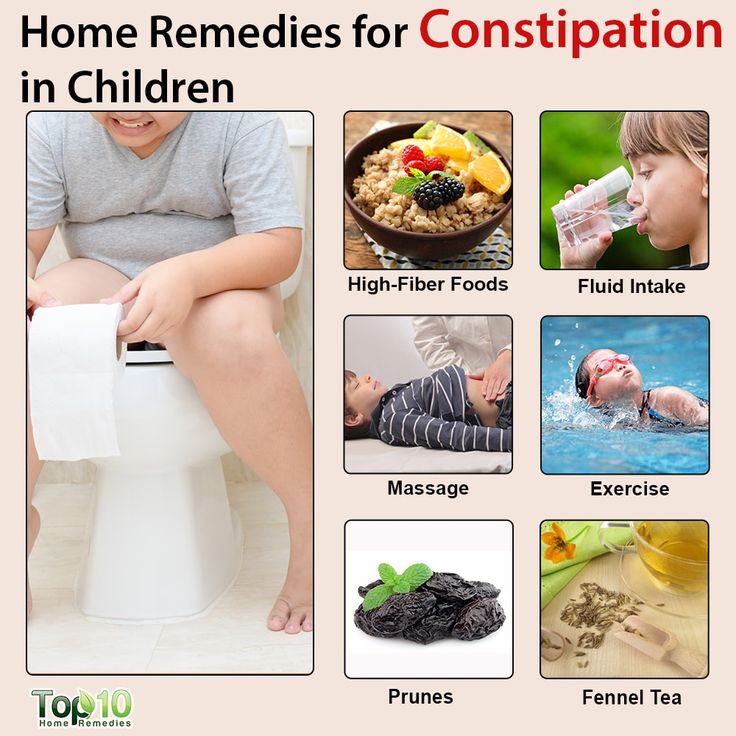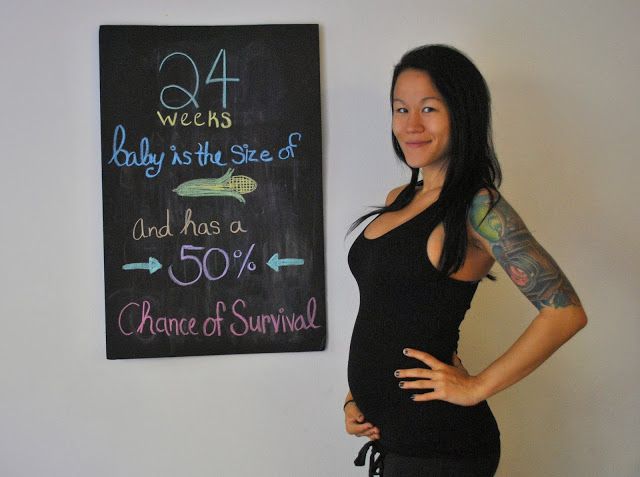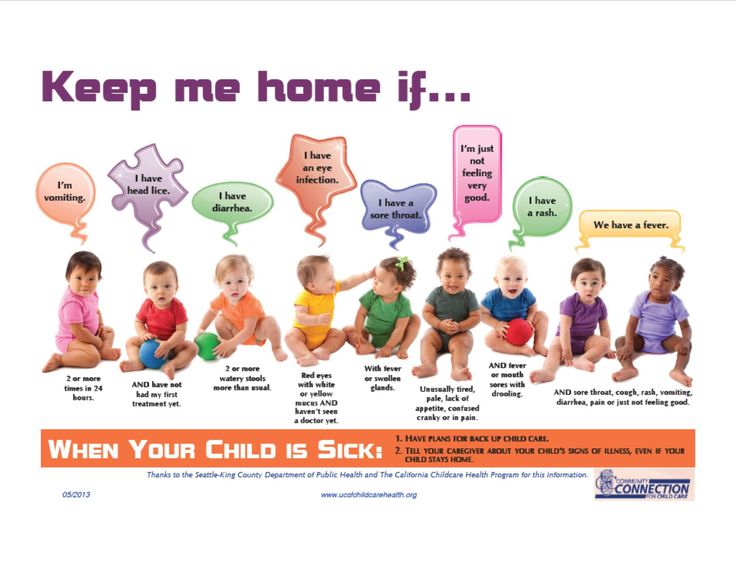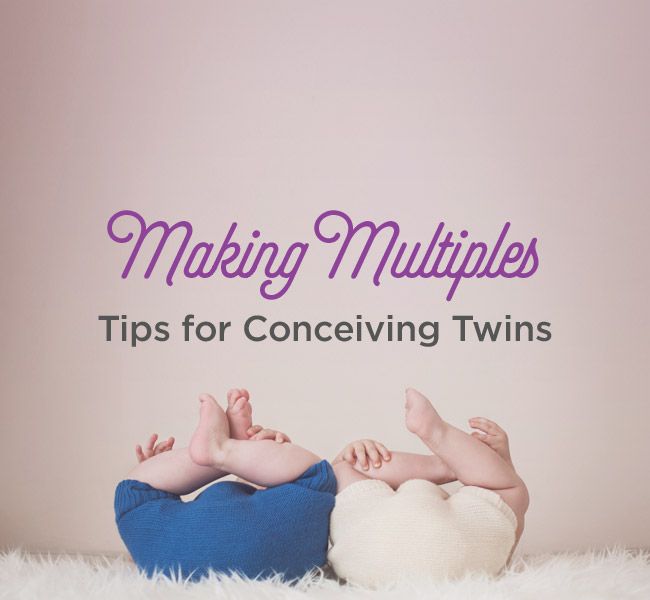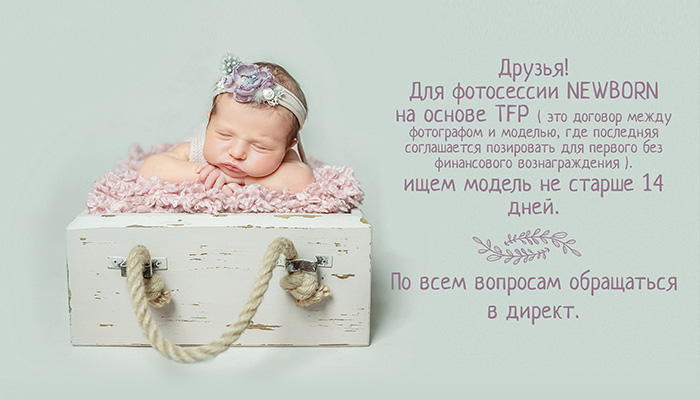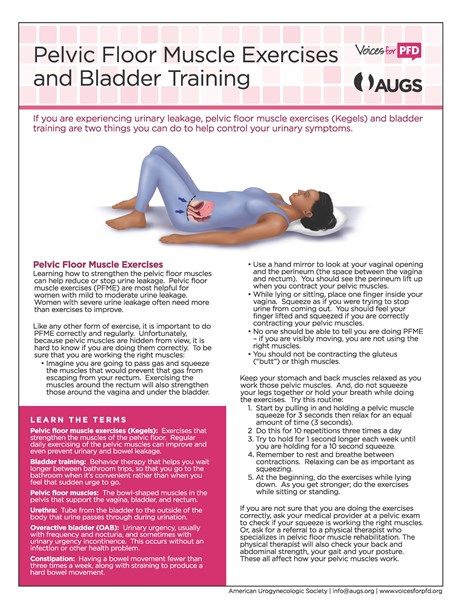How to calm a newborn
Calm a Crying Baby Techniques
How to calm a crying baby
Check physical needs first:
- Is the baby hungry or thirsty?
- Does he/she need to be burped?
- Is it too hot or cold?
- Is their diaper dirty?
Once you've made sure they are comfortable for all of the above, check for signs of illness or fever. If you think the baby may be sick, seek medical attention immediately. If you do not have a primary care provider or they are unavailable, call our ParentSmart Healthline to speak with pediatric registered nurses 24/7. They are available at 720-777-0123.
The Fussy Baby team is also available to talk by phone via our "Warmline" to listen and provide support and resources. Call the Fussy Baby Network at 1-877-627-9227 (877-6-CRYCARE).
If your baby is healthy
If your baby isn't experiencing any physical needs, try one of these tips to calm your crying baby:
- Rock the baby, hold the baby close or walk with the baby.
- Stand up, hold the baby close and repeatedly bend your knees.
- Sing or talk to the baby in a soothing voice.
- Gently rub or stroke the baby's back, chest or tummy.
- Offer a pacifier or try to distract the baby with a rattle or toy.
- Swaddle the baby with a soft blanket.
- Take the baby for a ride in a stroller or in a car seat in the car.
- Turn on some music or noise, such as a vacuum cleaner or clothes dryer.
Try each of the above for a few minutes before trying something else, or try a few together.
If nothing works, it is okay to leave the baby in a safe place like a crib or infant seat and take time to calm yourself down. Leave the room. Shut the door. Take a few deep breaths. Call a friend or family member.
Crying can be frustrating
Caring for a baby is hard work and that little baby may cry more than you ever expected. You should always respond when your baby cries. But sometimes, no matter what you try, you might not be able to stop the crying. If you're feeling overwhelmed and your baby won't stop crying, remember:
If you're feeling overwhelmed and your baby won't stop crying, remember:
- All babies cry — it's how they communicate, and your baby may cry a lot.
- Babies start to cry more frequently around 2 weeks of age.
- Crying increases and peaks in the second month of life, but can increase until your baby is 4-5 months old.
- Babies often cry more in the evenings.
- Crying can last 30-40 minutes and even longer. Infants may spend up to 4-5 hours a day crying, even for healthy, normal babies.
- Babies often cry intensely when they are not in pain, even though they may look like they are in pain.
- Sometimes your baby may need to cry to relieve stress, and it's okay to let him or her cry.
- Crying may come and go, and you won't know why.
- Crying may not stop for an extended period of time, no matter what you try.
- The crying will eventually stop.
It is normal for a baby to cry and it is normal to feel frustrated when he or she won't stop. Sometimes, in that moment, you might feel like you are going to lose control. In that moment, do not shake the baby. As a parent or caregiver, you are human. You have limited energy, patience and tolerance. It's normal to feel overwhelmed, helpless and even angered by the constant demands of a baby. No matter how bad it gets or how tired and frustrated you feel, shaking the baby, putting the baby down roughly or throwing the baby is never the answer. Instead, calm yourself and calm your baby.
Sometimes, in that moment, you might feel like you are going to lose control. In that moment, do not shake the baby. As a parent or caregiver, you are human. You have limited energy, patience and tolerance. It's normal to feel overwhelmed, helpless and even angered by the constant demands of a baby. No matter how bad it gets or how tired and frustrated you feel, shaking the baby, putting the baby down roughly or throwing the baby is never the answer. Instead, calm yourself and calm your baby.
The crying will eventually end.
Why babies cry so much
Crying is how babies communicate. While it can be challenging to distinguish between the types of cries of a newborn baby, as babies get older, parents can sometimes differentiate an "I'm hungry" cry from an "I'm tired" cry.
Babies cry because they are:
- Hungry
- Uncomfortable
- Frustrated
- Tired
- Lonely
Sometimes, cries can easily be satisfied with food or a diaper change. Always respond to your baby's cries. You cannot "spoil" babies by picking them up when they cry. Being held is reassuring and comforting when a baby cannot express herself any other way.
Always respond to your baby's cries. You cannot "spoil" babies by picking them up when they cry. Being held is reassuring and comforting when a baby cannot express herself any other way.
Although babies cry to communicate, this crying can continue for a long time for no apparent reason. Crying can be a mystery and it can stop as quickly as it began. Your baby is not mad at you, nor is your baby trying to make you look like a bad parent.
How to Calm a Fussy Baby: Tips for Parents & Caregivers
Log in | Register
Ages & Stages
Ages & Stages
Here are ways you can try to comfort a crying baby. It may take a few tries, but with patience and practice you'll find out what works and what doesn't for your baby.
Swaddle your baby in a large, thin blanket (ask your nurse or child's doctor to show you how to do it correctly) to help them feel secure.

Hold your baby in your arms and place her body on their left side to help digestion or stomach for support. Gently rub their back. If your baby goes to sleep, remember to always lay her down in her crib on her back.
Turn on a calming sound. Sounds that remind babies of being inside the womb may be calming, such as a white noise device, the humming sound of a fan, or the recording of a heartbeat.
Walk your baby in a body carrier or rock them. Calming motions remind babies of movements they felt in the womb.
Avoid overfeeding your baby because this may also make them uncomfortable. Try to wait at least 2 to 2½ hours from the beginning of one feeding to the next.
If it is not yet time to feed your baby, offer the pacifier or help your baby find their thumb or finger.
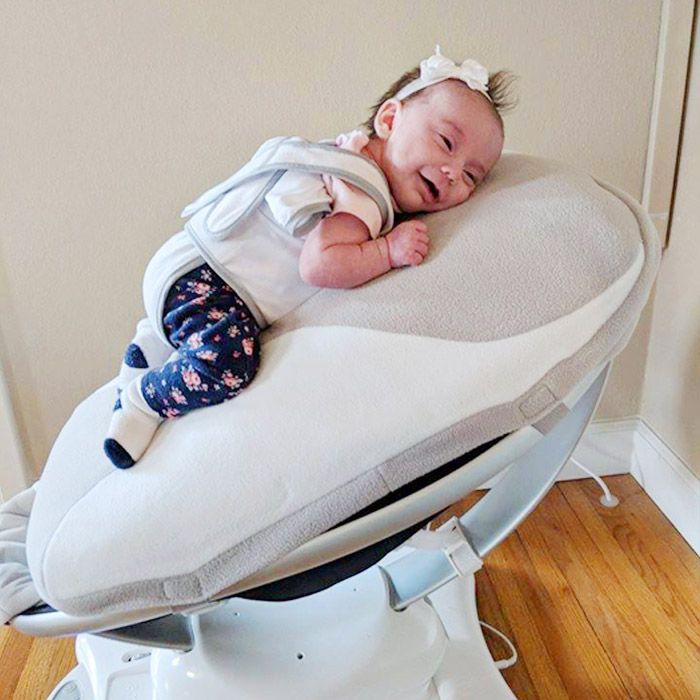 Many babies are calmed by sucking.
Many babies are calmed by sucking.If food sensitivity is the cause of discomfort, a change in diet may help.
For breastfed babies: Moms may try changing their own diet. See if your baby gets less fussy if you cut down on milk products or caffeine. If there is no difference after making the dietary changes, resume your usual diet. Avoiding spicy or gassy foods like onions or cabbage has worked for some moms, but this has not been scientifically proven.
For bottle-fed babies: Ask your child's doctor if you should try a different formula. This has been shown to be helpful for some babies.
Keep a diary of when your baby is awake, asleep, eating, and crying. Write down how long it takes your baby to eat or if your baby cries the most after eating.
 Talk with your child's doctor about these behaviors to see if their crying is related to sleeping or eating.
Talk with your child's doctor about these behaviors to see if their crying is related to sleeping or eating.Limit each daytime nap to no longer than 3 hours a day. Keep your baby calm and quiet when you feed or change themr during the night by avoiding bright lights and noises, such as the TV.
Checklist for what your baby may need:
Here are some other reasons why your baby may cry and tips on what you can try to meet that need. If your baby is…
Hungry. Keep track of feeding times and look for early signs of hunger, such as lip-smacking or moving fists to his mouth.
Cold or hot. Dress your baby in about the same layers of clothing that you are wearing to be comfortable.
Wet or soiled. Check the diaper. In the first few months, babies wet and soil their diapers a lot.

Spitting up or vomiting a lot. Some babies have symptoms from gastroesophageal reflux (GER), and the fussiness can be confused with colic. Contact your child's doctor if your baby is fussy after feeding, has excessive spitting or vomiting, and is losing or not gaining weight.
Sick (has a fever or other illness). Check your baby's temperature. If your baby is younger than 2 months and has a fever, call your child's doctor right away. See Fever and Your Baby for more information.
Overstimulated. Try ways to calm your baby mentioned above.
Bored. Quietly sing or hum a song to your baby. Go for a walk.
Why parents & caregivers need breaks from crying babies:
If you have tried to calm your crying baby but nothing seems to work, you may need to take a moment for yourself.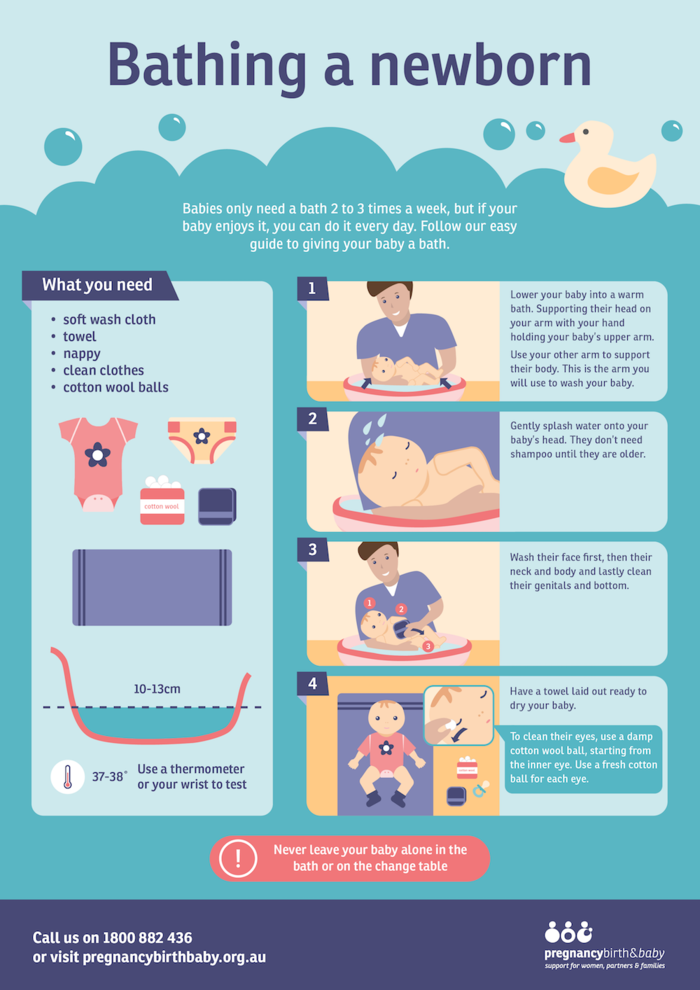 Crying can be tough to handle, especially if you're physically tired and mentally exhausted.
Crying can be tough to handle, especially if you're physically tired and mentally exhausted.
Take a deep breath and count to 10.
Place your baby in a safe place, such as crib or playpen without blankets and stuffed animals; leave the room; and let your baby cry alone for about 10 to 15 minutes.
While your baby is in a safe place, consider some actions that may help calm you down.
Listen to music for a few minutes.
Call a friend or family member for emotional support.
Do simple household chores, such as vacuuming or washing the dishes.
If you have not calmed after 10 to 15 minutes, check on your baby but do not pick up your baby until you feel you have calmed down.
When you have calmed down, go back and pick up your baby. If your baby is still crying, retry soothing measures.
Call your child's doctor. There may be a medical reason why your baby is crying.

Try to be patient. Keeping your baby safe is the most important thing you can do. It is normal to feel upset, frustrated, or even angry, but it is important to keep your behavior under control. Remember, it is never safe to shake, throw, hit, slam, or jerk any child—and it never solves the problem!
More information:
- Responding to Your Baby's Cries
- Colic Relief Tips for Parents
- A Parent's Guide To Safe Sleep
- Remedies for Spitty Babies
- Abusive Head Trauma: How to Protect Your Baby
- Last Updated
- 3/21/2022
- Source
- Crying and Your Baby: How to Calm a Fussy or Colicky Baby (Copyright © 2016 American Academy of Pediatrics)
The information contained on this Web site should not be used as a substitute for the medical care and advice of your pediatrician.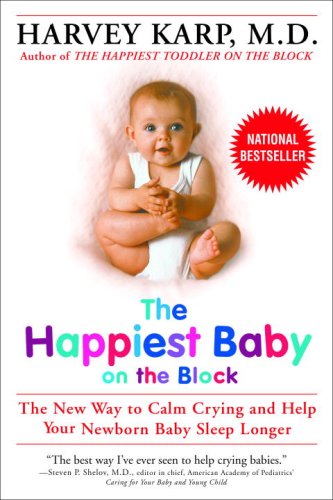 There may be variations in treatment that your pediatrician may recommend based on individual facts and circumstances.
There may be variations in treatment that your pediatrician may recommend based on individual facts and circumstances.
How to calm down a child quickly - Lifehacker
October 9, 2019 Likbez Adviсe
Lifehacker has collected only working methods for different ages.
How to soothe a newborn
1. Pick up, snuggle up to your chest
A versatile method that works for babies of all ages and even adults. Hugs soothe, give a sense of security, convince you that you are not alone in this harsh and terrible world. They also increase the production of the hormone oxytocin (not for nothing it is sometimes called the “cuddle hormone”), which increases the level of satisfaction with life and reduces pain.
In general, take the baby in your arms, remembering to support the head at the back of the head with the palm of your hand, and press it to you. The crying, if it doesn't stop immediately, will surely become quieter.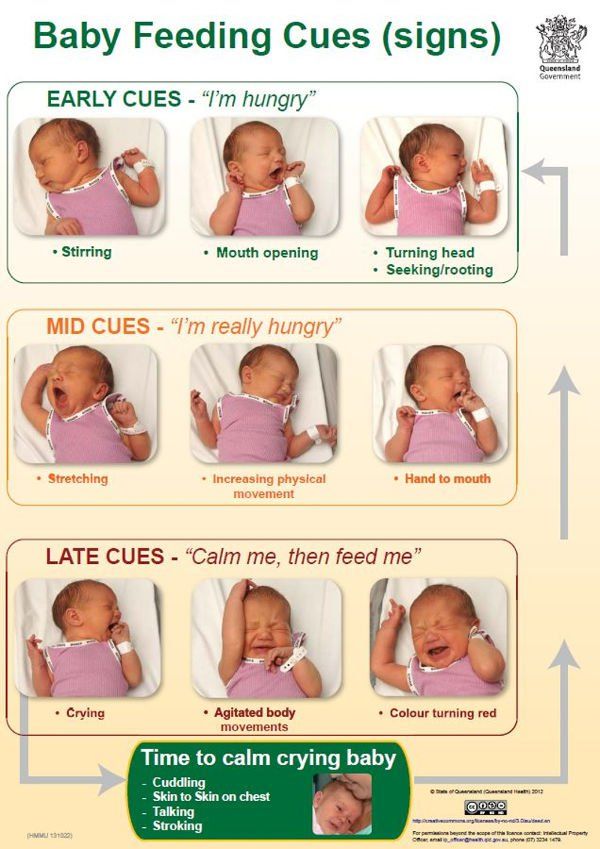 And there, before the child calms down, not far.
And there, before the child calms down, not far.
2. Swaddle or, conversely, unswrap
Newborns still have strong physical memories of the time when they were in their mother's stomach. Therefore, perhaps the child needs to feel that he is in a safe, restrictive cocoon. Swaddle him.
Another option (if crying has already begun in diapers) is to free the baby's arms and legs from the fabric. Maybe he's wrapped too tight and feels uncomfortable.
3. Give a breast, bottle or pacifier
Even if the baby is not hungry, suckling will help him calm down.
4. Rock your baby to white noise
Ideal if you have a white noise generator. Then just turn it on and rock your baby to these soothing sounds.
However, if there is no special device at hand, it does not matter. Use the old grandmother's method. Take the child in your arms, rock him rhythmically and quietly hiss over his ear in a monotone: "Sh-sh-sh-sh."
5. Use Dr.
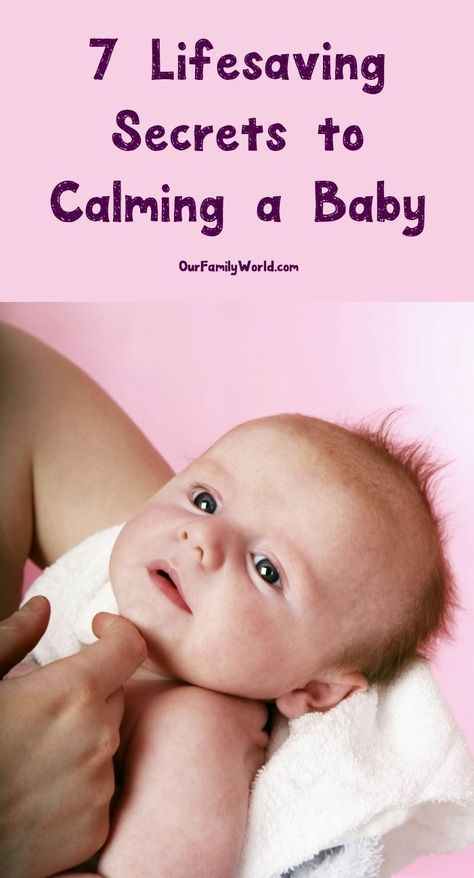 Hamilton's 5-Second Technique
Hamilton's 5-Second Technique The video that California pediatrician Robert Hamilton posted on YouTube has already garnered over 36 million views. And no wonder - it contains an almost magical way to instantly soothe a crying baby.
“My parents have asked me a million times to share this recipe,” the pediatrician himself explained the appearance of the video. Robert Hamilton has been a pediatrician in Santa Monica, California for 30 years, and the method he describes is the culmination of years of experience.
Hamilton calls the proposed technique "holding." It consists of only four steps, the implementation of which can be put in literally 5 seconds.
- Hold the baby in your arms and cross his arms over your chest.
- Press the crossed arms with your left palm against his chest and lay the child on the same palm - at an angle of 45 degrees to the floor. Hold the chin with the fingers of the same left hand so that the head does not fall.
- Use your right hand to support the newborn under the diaper.
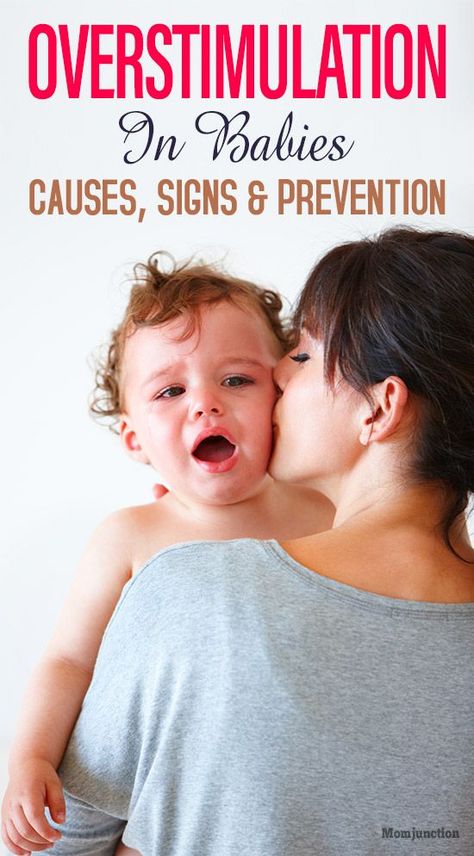
- While holding your baby at a 45 degree angle, gently rock him. It can be up and down or side to side. Choose the most comfortable option for you. The main thing is that the movements are soft and smooth. Literally after a couple of seconds, the baby will be silent.
Watch Dr. Hamilton's video for details:
Pediatrician warns: This technique is suitable for babies under 3 months of age. Later, they become too heavy to hold safely in this position.
And one more note. If the child does not calm down, then there are serious reasons for crying. Perhaps the baby is hungry, he is hot, or maybe he just has a wet diaper. Help a newborn get rid of physical discomfort, and he will give you a long-awaited smile and silence.
How to calm a child from 4 months to a year
By this time the baby is strong and begins to realize himself, so simple physical methods are no longer so effective. To calm the child, you have to connect the fantasy. But let's start with the classics.
To calm the child, you have to connect the fantasy. But let's start with the classics.
1. Pick up
Again, this option is suitable for all ages. Use it as often as possible. While hugging the child to you, whisper something soothing to him in a gentle soft voice.
2. Shift your attention
Pick up the child and walk to the window with an enthusiastic voice saying something like “Wow, look at that big dump truck!” or “Look what a cute fluffy cat in the yard!”. Turn on the cartoon TV. Put on your favorite children's songs and start dancing with your baby in your arms.
Your goal is to shift the baby's attention from the situation that disturbed him and caused him to cry, to something new and interesting.
3. Replace emotional activity with physical activity
Take the child under the arms and let him jump on the bed. Or do some gymnastics. Or throw in the air (low). The need to concentrate in order to coordinate muscle activity will cause the infant to stop crying.
Attention! This method is not suitable if there is even the slightest suspicion that the crying is caused by a fall or pain.
4. Turn crying into something funny
For example, tickle a child. Or take his toy and set up a little puppet show. Speak for her in a funny theatrical voice: “Oh, who is crying here? Hush, hush, I'm afraid! - and hide it behind your back. The goal is to make the baby smile. Children's crying, if you try, easily enough turns into laughter.
How to calm a child from one to 3-4 years old
At this age, most children already understand adults well, know how and like to communicate. This is the basis of the most effective methods of calming.
1. Pick up and sympathize
Hold a crying child close to you, say something like “You are crying. You must be upset about something. Tell me what happened, how can I help you? He will most likely tell you what is bothering him. This will help solve the problem of crying.
2. Be mindful
Ask your baby to cry more quietly (for example, so as not to wake up a resting mother) or in a lower voice, “like a bear”. If he obeys, you win. Crying will turn into conscious vocal exercises, from which the child will quickly get tired.
3. Remind me of an important task worth putting off crying for.
It might look like this: “Come on, you will cry later, otherwise it will soon become dark and if you cry for a long time, we will not have time to take a walk.” Thus, you do not deprive the child of the right to tears. Just ask to be rescheduled for a more convenient time.
4. Find a way to vent the child's bursting emotions
Offer him, for example, a pillow: "Come on, so as not to cry, we will beat her!" And together with the child, start knocking on a soft thing with your fists. You can also give an inflatable hammer or offer to throw plastic balls at the wall. Any kind of activity that will help get rid of negativity will do.
5. Create a funny ritual
For example, as soon as a child starts crying, run for a hair dryer to dry the tears immediately. “So, where is our hair dryer, where did I lose it? Oh, let's blow on the cat? This will help to switch children's attention and, perhaps, even make the child laugh.
6. Come up with “bad mood pills”
These can be bear-shaped jelly gummies, chocolate dragees, any other small sweetness. "Who's crying here? We urgently call an ambulance, she brings us pills from a bad mood! Eat and your tears will dry!” The basic rules for this: there must be one “pill”, and if the child refuses it, this time it will no longer be offered.
How to calm a child 3-4 years old and older
By this age, children are already full-fledged individuals. And the reasons for their tears are much more diverse than those of babies. Each of them must be worked on individually. Fortunately, the child can already clearly voice what exactly made him cry, and this makes the task easier.
Only one thing remains unchanged: to pick up, hug, kiss, say how much you love the child and how much you sympathize with him. Empathy and support help people pull themselves together at any age - from 4 years old, and at 15, and at 45.
Read also 👶😭🌼
- 3 phrases to say instead of "Don't worry"
- What to do if your child's ear hurts
- TEST: Can you trust a child?
- How to put your child to bed without tantrums: 7 tips for parents
- What to do if the child has a temperature of
Tips on how to calm a crying baby
Crying is a way for a child to communicate, but despite its naturalness, it is not out of place to try to calm a crying baby. It is logical that parents will have a question: “How to calm the child?” This may seem like a daunting task at times, but understanding the reasons will help you learn how to soothe a crying baby. Remember: you are doing great. We just want to give you some useful tips to help ease your worries.
If you have any questions or concerns about your baby's crying, seek medical advice. Sometimes crying can be a sign of an existing medical condition, so it's best to pay attention to any additional symptoms right away.
Why your baby is crying
Baby crying is not only natural but also expected, especially during the first three months of life. Babies usually cry for an hour every day for the first few weeks. At about six weeks old, your baby may cry for up to two hours a day, and from eight weeks on, again for about one hour a day. However, remember that all babies are different and cry differently! 1
Crying is a way of saying something is wrong. When it comes to learning how to soothe a crying baby, it's important to understand what exactly is causing her anxiety. Your baby may cry if: 1
- he is hungry;
- the baby is troubled by belching or bloating;
- need a diaper change;
- he wants to sleep;
- wants to be picked up or rocked;
- baby is hot or cold;
- baby has colic;
- feels uncomfortable: wants to roll over, presses on the diaper or clothes, or is disturbed by tight swaddling;
- the baby is teething.

If your baby cries for more than three hours a day and more than three days a week, he may be suffering from colic. However, this is not a reason to panic, and there are several ways to soothe a child with colic. Find out here about colic, its symptoms, and how to soothe a baby with colic.
If you think reflux (regurgitation) may be the cause of your crying, you can learn more about the different types of reflux and how to manage it here.
Be sure to contact your child's doctor if your baby seems ill or has the following symptoms in addition to excessive crying: 1
- fever;
- shortness of breath or cough;
- vomiting;
- diarrhea;
- rash;
- crying worse when the child is picked up or moved;
- increased irritability or lethargy.
How to soothe a crying baby
Once you have ruled out some potential causes of crying, you will have a better idea of how to soothe your baby. The most important thing to remember is not to get upset and stay as calm as possible.
The most important thing to remember is not to get upset and stay as calm as possible.
Here are some tips and tricks on how to calm your baby: 2
1. Swaddle your baby.
One of the most useful techniques to soothe a crying baby is swaddling. When doing this, make sure that you do not cover the child's head and do not overheat him. Don't swaddle your baby too tight: swaddling too tightly can interfere with your baby's natural body position, breathing, and blood circulation: your baby may not like it, causing him to cry. Don't swaddle your baby when he starts to roll over, which usually happens around four months of age.
2. Take the child in your arms and comfort.
When your baby is crying, it's natural for you to want to pick him up. And when your newborn cries for no reason, he probably wants to be picked up. If you're trying to calm your baby at night, try keeping him upright or in a rocking chair until he falls asleep.